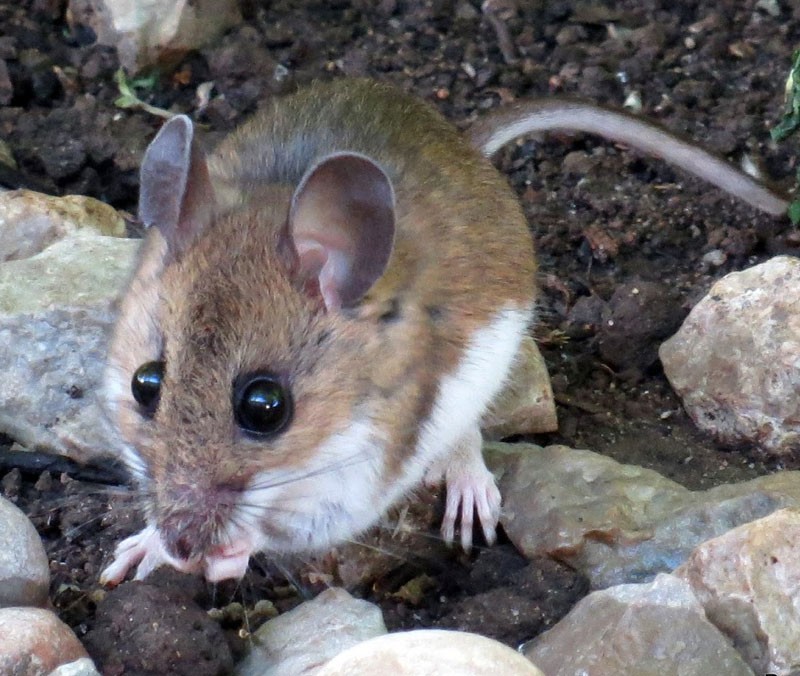Hantavirus linked death confirmed

VALLEY — According to SLV Regional Epidemiologist Ginger Stringer, the Colorado Department of Public Health and Environment laboratory has confirmed that a recently deceased individual in the San Luis Valley was exposed to hantavirus. To protect confidentiality, public health officials are unable to disclose the identity of the deceased or the specific location.
Hantavirus Pulmonary Syndrome (HPS) is a rare but serious disease caused by exposure to hantavirus. Colorado has had more confirmed cases of HPS than any other state except New Mexico. The disease is fatal for more than one-third of those people who become infected.
Hantavirus cannot spread from person to person. People are infected by breathing in the virus when stirring up dust from mouse nests or mouse droppings in areas with poor ventilation, or when handling mice, because hantavirus can be found in the urine, saliva, and droppings of infected mice. People are at risk when going into closed spaces with rodent droppings, such as crawl spaces, attics, barns, outbuildings, and sheds, or when clearing wood piles where mouse droppings might be present.
In the San Luis Valley, the hantavirus is carried by deer mice, which have tawny backs, white bellies, big eyes and big ears. Typically, 10-15 percent of deer mice are infected, and it is not possible to tell if a mouse has the virus just by looking at it. Rodents and household pets do not get sick from the virus.
Symptoms of HPS
Symptoms usually start from one week to six weeks after exposure. Initial symptoms are fatigue, fever, and muscle aches. There may also be headaches, dizziness, chills, and abdominal problems such as nausea, vomiting, and chills. Four to ten days later, a dry cough and difficulty breathing may develop as the lungs fill with fluid. From this point, the illness can progress rapidly to respiratory failure or even death.
Because the disease can progress rapidly, it is important to seek medical care immediately if you develop fever, headache, and muscle pain within six weeks of exposure to mice or their droppings.
Reduce your risk
Keep mice away from areas where you live and work. Store human food, pet food, and birdseed in lidded containers or securely closing cabinets. Use traps baited with peanut butter to remove rodents from indoor areas. Keep garbage in tightly-covered cans.
Plug all holes (dime-sized or larger) in walls and around pipes and vents, using steel wool or metal sheeting. Repair window screens and make sure weather-stripping is tight under all doors, including pet doors. Store hay, wood and equipment above ground at least 100 feet from the house. Remove old cars, junk and brush piles from the yard.
To clean up rodent infested areas:
Open doors and windows and allow a room to air out for 30 minutes before going inside. Consider using a respirator mask (N-100 rating) that seals tightly to the face. DO NOT SWEEP OR DRY-VACUUM MOUSE DROPPINGS. Mix a fresh solution of one-part bleach to nine-parts water (or 1 1/2 cups bleach per gallon of water). Wear rubber gloves and spray droppings, nests, and carcasses with the bleach and water solution. Let soak for 5-10 minutes before cleaning up with a mop, sponge, or wet vacuum. After disinfecting, place mouse carcasses, nests and cleaning materials into a plastic bag. Tie the bag shut and put it in an outdoor trashcan. Wash hands and clothing after clean up.
Hantavirus is a very real threat in the San Luis Valley. Take care when opening outbuildings, or when you find mouse droppings and mice around the house. For further information about protecting yourself and your family from hantavirus, contact your local Public Health Agency or go to www.cdc.gov/hantavirus.



